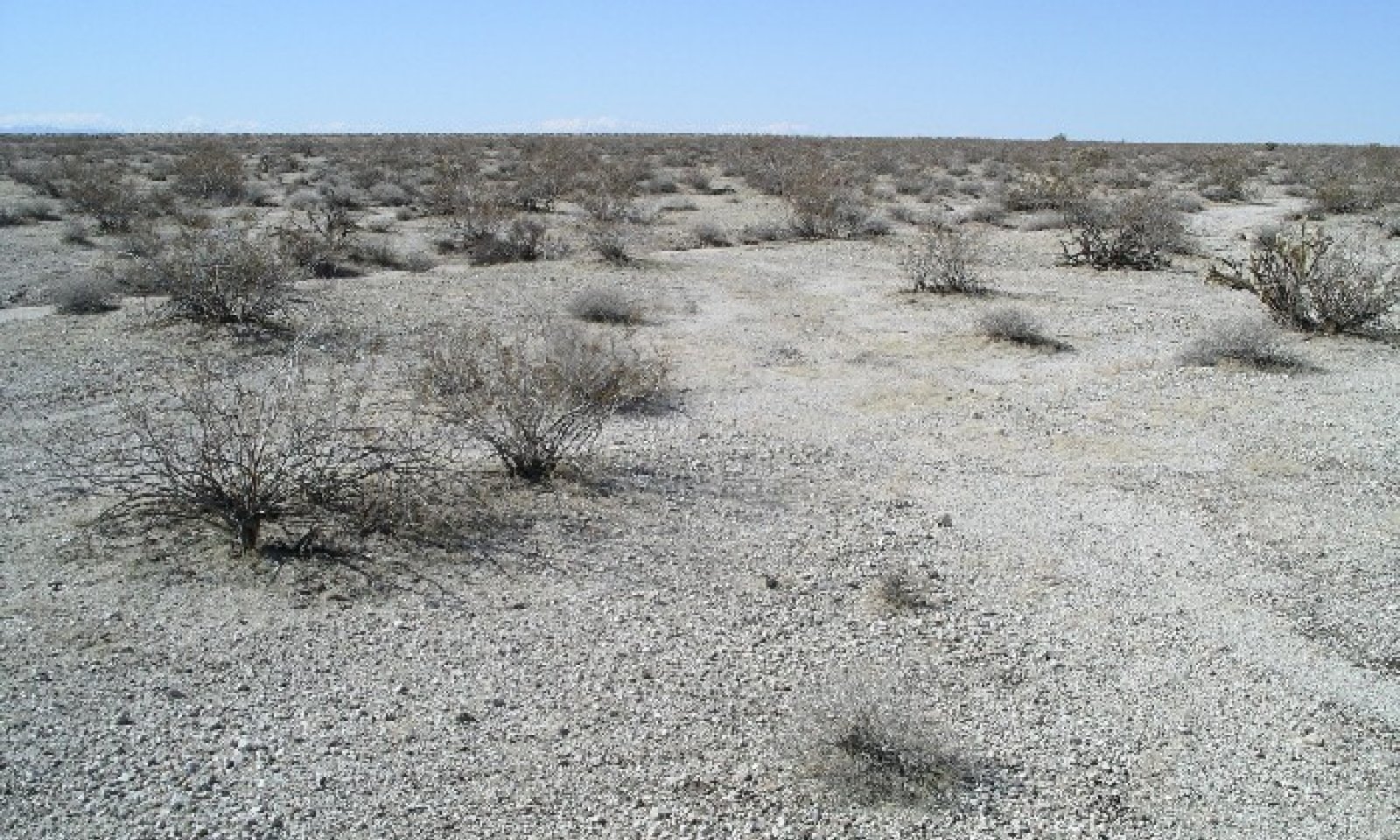

Natural Resources
Conservation Service
Ecological site R040XD005CA
Hyper-Arid Active Alluvial Fans 2-4" p.z.
Last updated: 3/04/2025
Accessed: 04/06/2025
General information
Provisional. A provisional ecological site description has undergone quality control and quality assurance review. It contains a working state and transition model and enough information to identify the ecological site.
MLRA notes
Major Land Resource Area (MLRA): 040X–Sonoran Basin and Range
Major land resource area (MLRA) 31 is the Lower Colorado Desert. This area is in the extreme southeastern part of California, in areas along the Colorado River, and in Western Arizona. The area is comprised of rough, barren, steep, and strongly dissected mountain ranges, generally northwest to southwest trending that are separated by intermontane basins. Elevation ranges from approximately 275 feet below sea level at the lowest point in the Salton Trough to 2700 feet along low northwest to southeast trending mountain ranges. The average annual precipitation is 2 to 6 inches with high temporal and spatial variability. Winter temperatures are mild, summer temperatures are hot, and seasonal and diurnal temperature fluctuations are large. Monthly minimum temperature averages range from 40 to 80 degrees F (4 to 27 degrees C). Monthly maximum temperature averages range from 65 to 110 degrees F (18 to 43 degrees C) (WRCC 2002). Temperatures are rarely below 28 degrees F, and extremely rarely fall below 24 degrees F. Precipitation is bimodal, with approximately 20 to 40 percent of annual precipitation falling between July and September. This summer rainfall, in combination with very hot temperatures and very few to no days of hard freeze are what characterize this MLRA and distinguish it from the Mojave Desert (MLRA 30).
XD LRU concept:
The XD LRU is an extremely hot and dry portion of the MLRA. Mean annual precipitation is about 4 inches or less where the majority of the precipitation can arrive in only a couple storm events during any given year. The very few hard freezing days allows this region to have Plant Hardiness Zones of 9b or warmer. This LRU covers most of the Lower Colorado Desert except elevations above 500 m where Plant Hardiness Zones are less than 9b.
Classification relationships
Mojave Creosote Bush (Holland, 1986).
Larrea tridentata Shrubland Alliance (Sawyer et al. 2009).
Ecological site concept
Buried fan remnants, non-buried fan remnants, fan aprons, or other alluvial fan landforms which are not an erosional fan remnant and where washes do not deeply dissect the landscape. Sheet flow creates water flow patterns where plants tend to grow. Plant species tend to die as these flow patterns migrate.
For streamflow fans see: https://www.nap.edu/read/5364/chapter/4#33
National Research Council ~NRC!. ~1997!. ‘‘Alluvial fan flooding.’’
Water Science and Technology Board, National Academy, Washington
D.C.
Similar sites
| R040XD200CA |
Rarely Flooded Fans This site is a little more stable with less active flow patterns and the presence of brittlebrush. |
|---|
Table 1. Dominant plant species
| Tree |
Not specified |
|---|---|
| Shrub |
(1) Larrea tridentata |
| Herbaceous |
(1) Plantago ovata |
Click on box and path labels to scroll to the respective text.
